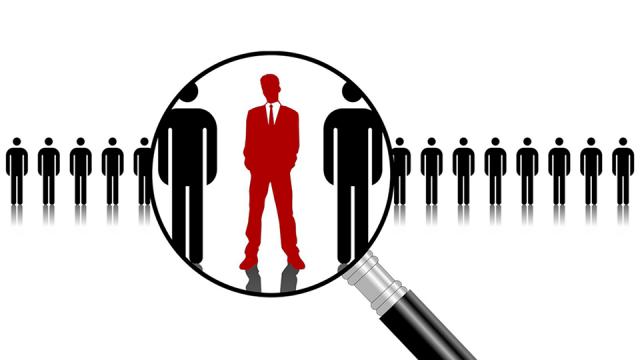
Corporate CEOs are back to using company jets for personal travel after the practice dipped briefly following the financial crisis, Bloomberg reports.
“Non-business travel expenses” increased for the third straight year, and the 10 largest S&P 500 companies that Bloomberg scrutinized spent 61 percent more last year on personal travel using corporate jets than they did in 2012. The costs rose 3.1 percent for the 50 largest companies that disclosed the relevant figures.
General Electric spent over $343,000 flying CEO Jeffrey Immelt around for personal travel on the company plane last year. Immelt made $19.7 million in 2013, according to Executive Paywatch.
Casino mogul Steve Wynn earned $19.6 million, and billed Wynn Resorts Ltd. about $927,000 in personal travel on the corporate jet. (The Wynn Resorts board did, however, force Wynn to start paying the $525,000 annual rent price for his Las Vegas house out of his own pocket last year.)
Corporations shoulder their top employees’ vacation expenses in part to make sure CEOs can hurry home if something urgent arises during their leisure time. Companies like Halliburton and Boeing even require CEOs to use corporate planes for such travel.
Immelt and Wynn are also required to fly on company planes. Regardless of the business rationale, the practice effectively increases executive pay and in many cases even reduces tax liability for CEOs.
The resurgence of perks like this signals that the decline of corporate jet spending that followed the financial crisis was just a brief moment of public shaming and not a lasting shift in corporate culture. In the immediate wake of the crisis, companies cut personal use of corporate planes by about a third.
The heads of bailed-out companies were famously blasted by lawmakers for using corporate jets to fly in for congressional hearings. A tax write-off for the planes became a totem for critics of corporate welfare, including President Obama.
But like corporate pay, investment earnings for the wealthy, and Wall Street profits, company jets are roaring back from the recession much faster than economic indicators relating to middle- and low-income families and workers.
Wages continue to stagnate. The ratio of CEO pay to worker pay continues to expand across the economy, peaking at over 1,200-to-1 in the fast food industry. And huge proportions of the population are unable to afford their rent or avoid living paycheck to paycheck.
3 WAYS TO SHOW YOUR SUPPORT
- Log in to post comments















